Sea hare is used in neuroscience, natural products and a number of other fields
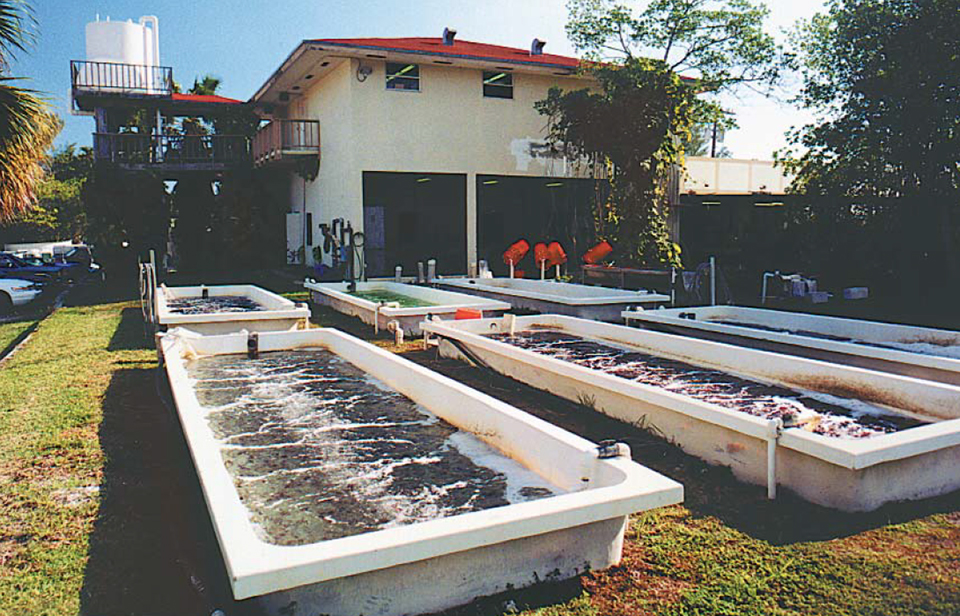
The marine snail opisthobranch (Aplysia californica), also known as the sea hare, is used for biomedical research in neuroscience as a model for memory and learning. It is also being used in toxicology for developmental studies, in the natural products chemistry field for isolation of novel anti-tumor and antibacterial compounds, and in the study of transport by digestive tissues. The snail has additional potential for use in studies of addiction, and nerve senescence and regeneration.
The National Institutes of Health (NIH) and the University of Miami operate a National Resource for Aplysia Facility at the Rosenstiel School of Marine and Atmospheric Sciences in Miami, Florida, USA. It provides high-quality, laboratory-cultured Aplysia for biomedical researchers throughout the world.
These cultured animals are produced under a consistent regimen of feeding, temperature, photoperiod and other variables, and support basic biomedical research by providing investigators with sufficient numbers of experimental animals from all developmental stages and sizes. Over the past 12 months, the facility has shipped over 25,000 animals to researchers.
Origin
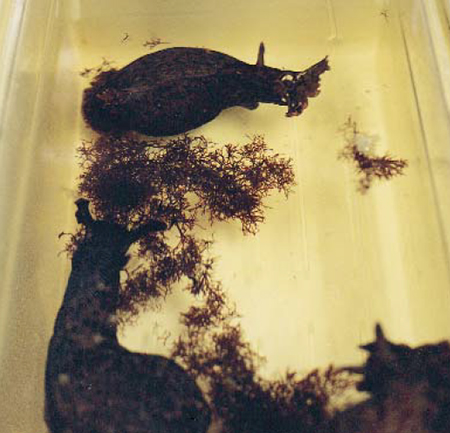
During the early 1970s, the importance of the laboratory-rearing project to the scientific community was conceived by, and originally located in the laboratory of Dr. Eric Kandel at Columbia University in New York City, New York, USA. Together with Drs. Arvid Carlsson and Paul Greengard, Kandel received the Nobel Prize in Physiology or Medicine for 2000 for their work on signal transduction in the nervous system, using Aplysia for their research (http://almaz.com/nobel/medicine/2000c.html).
In the ’70s, growing acceptance of the neurological model rapidly expanded the year-round need for laboratory animals of all ages throughout the year. To meet the demand, the facility moved to Woods Hole, Massachusetts, USA in 1977. In 1989, it relocated to its present location on Virginia Key, Florida, and operated under a contract from the Howard Hughes Medical Institute until 1994. In May 1995, the lab became the National Resource for Aplysia under a grant from the NIH National Center for Research Resources.
Advances in the understanding of Aplysia larval development and the application of large-scale mariculture techniques led to mass production in 1983. The facility’s move to sub-tropical Miami allowed high-yield mariculture of the animal’s main food, the red alga Gracilaria, ensuring a year-round supply of snails.
Aplysia mariculture laboratory
The Aplysia Mariculture Laboratory is a state-of-the-art facility designed specifically for culturing A. californica. Since this animal is not indigenous to southern Florida and is, in fact, native to a temperate climate, the laboratory has been designed for extensive temperature manipulation, and “fail-safe” operation.
Culture cages
The facility has 52, 378.5-l fiberglass troughs with interior gel coating, mounted on extruded fiberglass stands. The troughs contain six, 11.3-liter polycarbonate cages that can be repeatedly autoclaved or chlorinated to achieve a high level of disinfection. The cages have bottom drainage slots and individual top-mounted spigots, which provide an independent, laminar flow of 1 liters per minute through each of the 312 units.
Filtered seawater is supplied to the lab from a head tank through two redundant seawater boost pumps, which have been specifically designed with non-corrosive, “wet-end” parts made from fiberglass resin. The boost pumps provide a single pass flow of 300 liters per minute through the facility.
Controlling seawater temperature
Water temperature can be maintained down to 5 degrees-C. The system has dual counter-current, titanium plate heat exchangers powered by twin 40-ton, water-cooled reciprocating generators. The system is also designed to recover cooling capacity from wastewater with a heat exchanger that tempers incoming water prior to entering the main chiller units. With duplex chillers and pumps, and an emergency generator, the system provides a high level of security in the event of component failure.
Control system
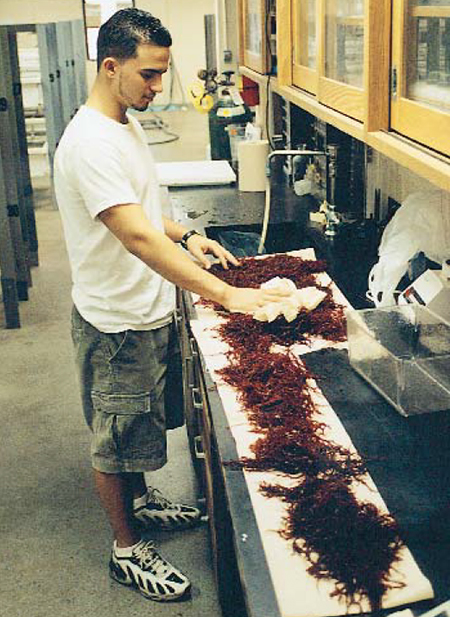
To control this redundant equipment, the lab’s water system is equipped with a digital monitoring system that senses temperature, water level, and pump function, and triggers an alarm that indicates any unsatisfactory condition. The control system automatically switches to backup equipment to maintain preset operating conditions. Seawater temperatures that exceed the set point cause the control system to bypass the laboratory troughs until chiller operation returns to normal.
A chart recorder maintains permanent records of temperature and flow conditions on a 24-hour basis. The concrete floor is covered with duraquartz for durability and disinfection, and is canted for thorough drainage. The laboratory also contains a separate analytical laboratory and shipping area.
Rearing procedures
The facility cultures animals under standard conditions from egg to adult. Rearing procedures have been optimized to produce large batches of siblings, so that inter-individual variation is reduced for those researchers needing a consistent genetic background within cohorts.
Fertilized eggs are collected daily from breeding pairs held on the premises. Several thousand animals (siblings) are produced from each collected egg mass. Throughout their growth and development, siblings are tracked with respect to egg mass (parents’ identity), as well as hatching and metamorphosis dates, thus ensuring consistent genetic make-up and accurate age classing of each batch of animals shipped.
Eggs are incubated under constant conditions until hatching. The free-swimming veliger larvae are then kept in sterile media for about six weeks until they are competent to undergo metamorphosis. Following metamorphosis, stage 11 juveniles (1 to 2 mm in length) are moved to the grow-out lab, where they are kept in chilled, ambient seawater troughs and fed a red seaweed diet.
Animals can increase in mass 100,000 times (from 2 mg to 200 grams) in about six months in the lab. Animals of all sizes are shipped, including early-stage, post-metamorphic juveniles useful in developmental studies and cell culture.
Producing macroalgae
The successful laboratory culture of many marine invertebrates depends upon consistently providing the appropriate nutritional source for the various stages of the organisms’ life cycles. For Aplysia californica, seaweeds play two essential roles: the induction of metamorphosis at the end of the planktonic stage, and post-metamorphic nutrition for juveniles and adults.
Intensive culture
Intensive seaweed culture was the only option with the potential to support the food and metamorphic requirements. When the facility moved to its present location in Miami, light and temperature no longer limited outdoor cultures and large-scale food production became a reality.
Numerous isolates of Gracilaria, Agardhiella, and a local species of Laurencia were evaluated for growth and sustainability of vegetative strain in large-scale culture (reproductive strains produce gametes, and in some cases the plants are lost). Strain SB, a southern Florida vegetative strain of Graci-laria tikvahiae, supported metamorphosis and growth as well as year-round biomass production.
Trials during the past eight years resulted in a maximum production of 450 kilograms per week in May/June and 180 kilograms per week during February. Yearly production has reached nearly 11 metric tons (MT) – more than is needed for the sea hare culture. Notably, all production came from an original inoculum of less than 4.5 kg and has not been outsourced since the initial culture.
The macroalgae facility provides the 10.8 MT of the red seaweed Gracilaria needed yearly to feed animals in the Aplysia grow-out lab. Continuous experimentation has resulted in maximizing yields of seaweed throughout the year. The system consists of seven, 9.1-cubic meter fiberglass tanks supplied with filtered seawater at a rate of 37.8 liters per minute. Radiant energy and temperature are monitored constantly. Growth rates are optimized by adjusting nutrient levels weekly.
Conclusion
Aquaculture can be used to generate more than seafood. By successfully producing Aplysia under controlled conditions, the NIH/University of Miami’s National Resource for Aplysia Facility is providing significant support to important biomedical research activities aimed at improving human health and well-being.
(Editor’s Note: This article was originally published in the April 2001 print edition of the Global Aquaculture Advocate.)
Now that you've reached the end of the article ...
… please consider supporting GSA’s mission to advance responsible seafood practices through education, advocacy and third-party assurances. The Advocate aims to document the evolution of responsible seafood practices and share the expansive knowledge of our vast network of contributors.
By becoming a Global Seafood Alliance member, you’re ensuring that all of the pre-competitive work we do through member benefits, resources and events can continue. Individual membership costs just $50 a year.
Not a GSA member? Join us.
Authors
-
Thomas Capo
National Resource for Aplysia Facility
Rosenstiel School of Marine and Atmospheric Science
University of Miami
Miami, Florida, USA
http://www.rsmas.miami.edu/groups/sea-hares/ -
Pat Walsh, Ph.D.
National Resource for Aplysia Facility
Rosenstiel School of Marine and Atmospheric Science
University of Miami
Miami, Florida, USA
http://www.rsmas.miami.edu/groups/sea-hares/
Tagged With
Related Posts
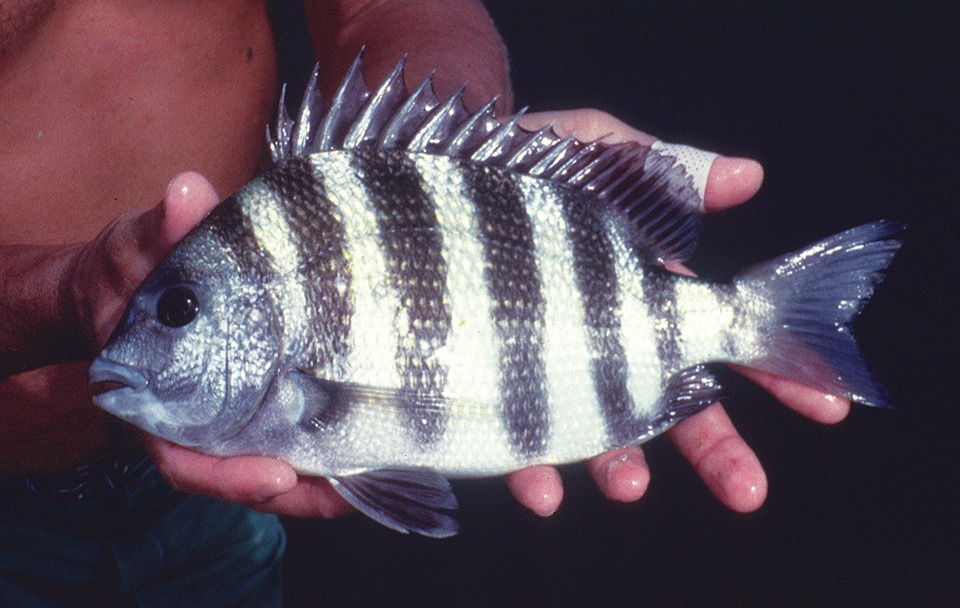
Health & Welfare
Sheepshead: American sea bream shows culture potential
Sheepshead are robust, adaptable, omnivorous fish that are cheap to feed and can be grown in ponds, cages, tanks or raceways in saltwater or freshwater.
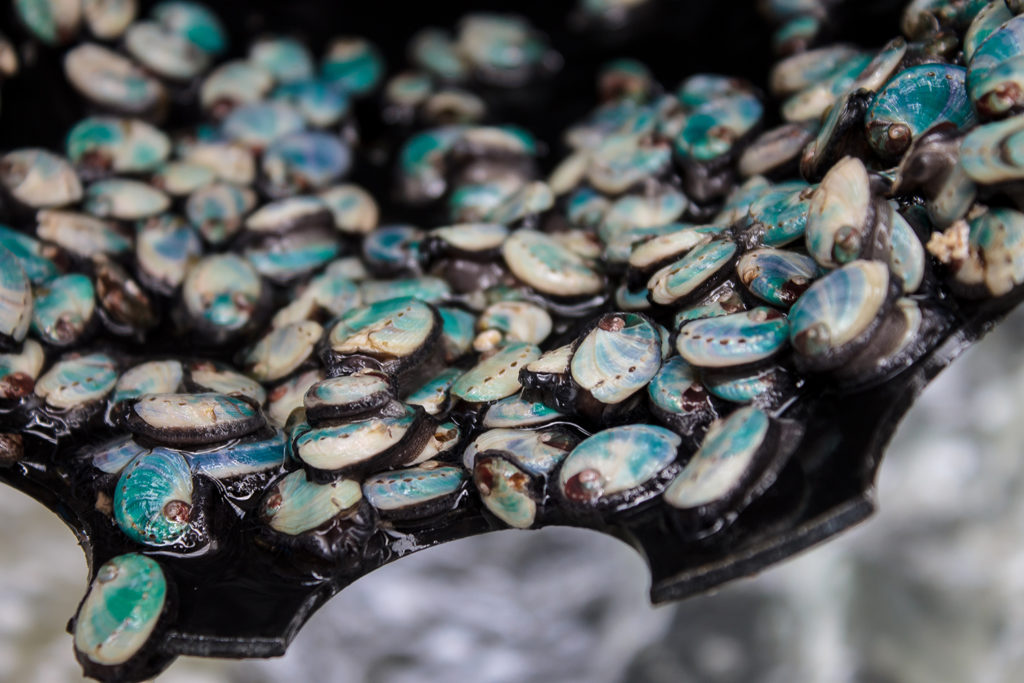
Responsibility
In South Africa, abalone farming goes for gold
Poaching has plagued South Africa’s abalone to the point of decimation. Aquaculture is putting the shellfish back in the water, and back on menus.
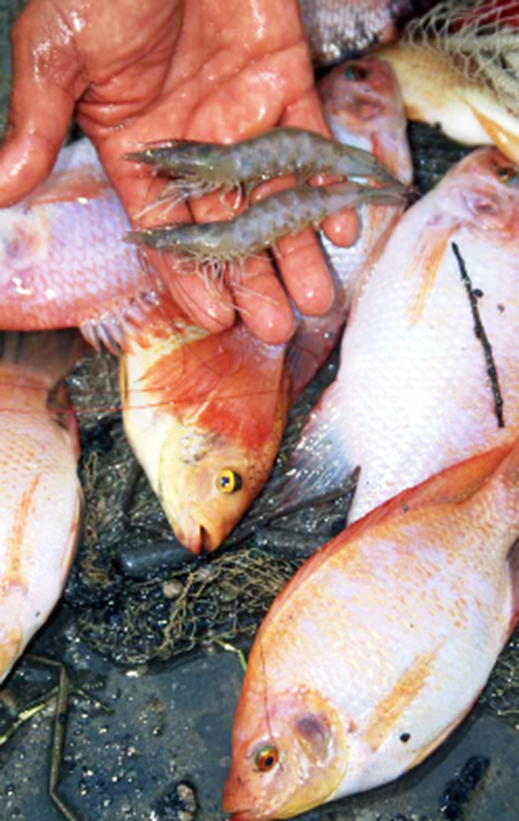
Responsibility
Polyculture: Varied applications, benefits spark renewed interest
Polyculture production boosts fish and/or shellfish biomass and harvests by maximizing the different feeding habits and habitat preferences of varied culture species.
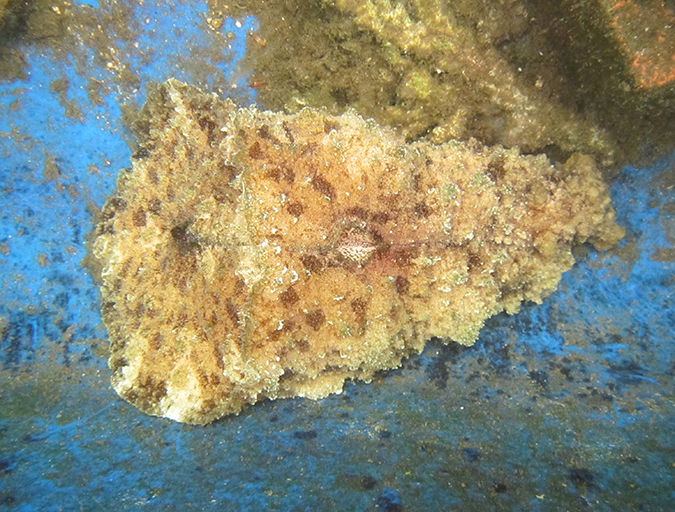
Responsibility
The odd wedge sea hare is useful as an ‘algae cleaner’
Marine gastropod molluscs known as sea hares are relatively unknown animals that have significant importance in biomedical research due to their particular nervous system. And because of their ability to consume large amounts of algae, they can be very useful in clearwater, marine aquaculture systems.


